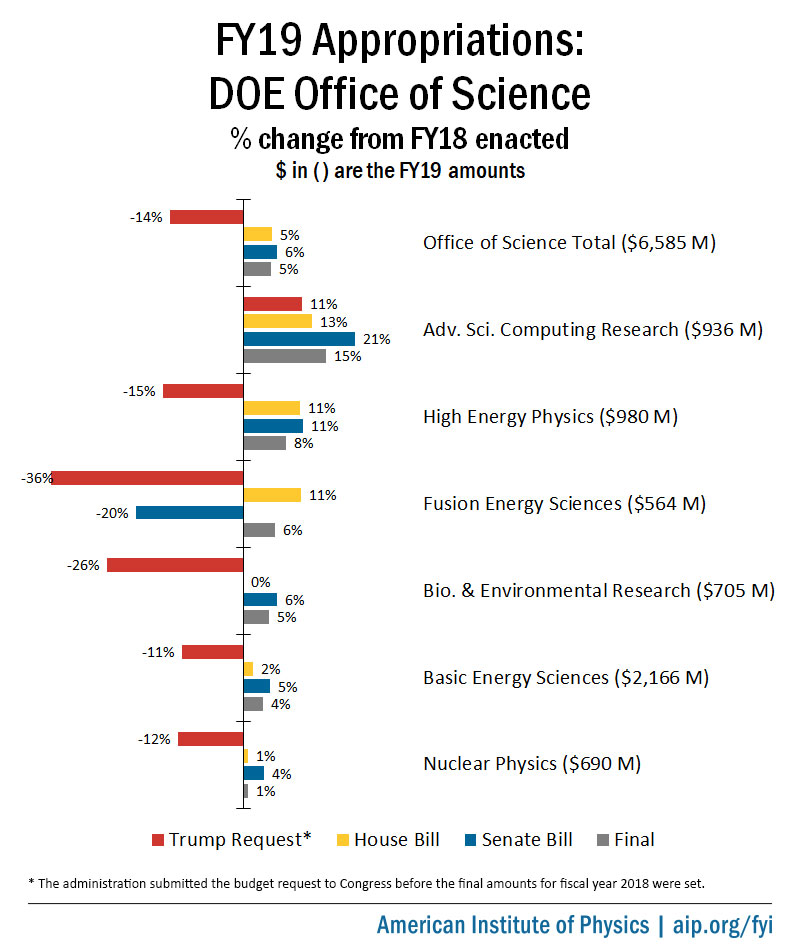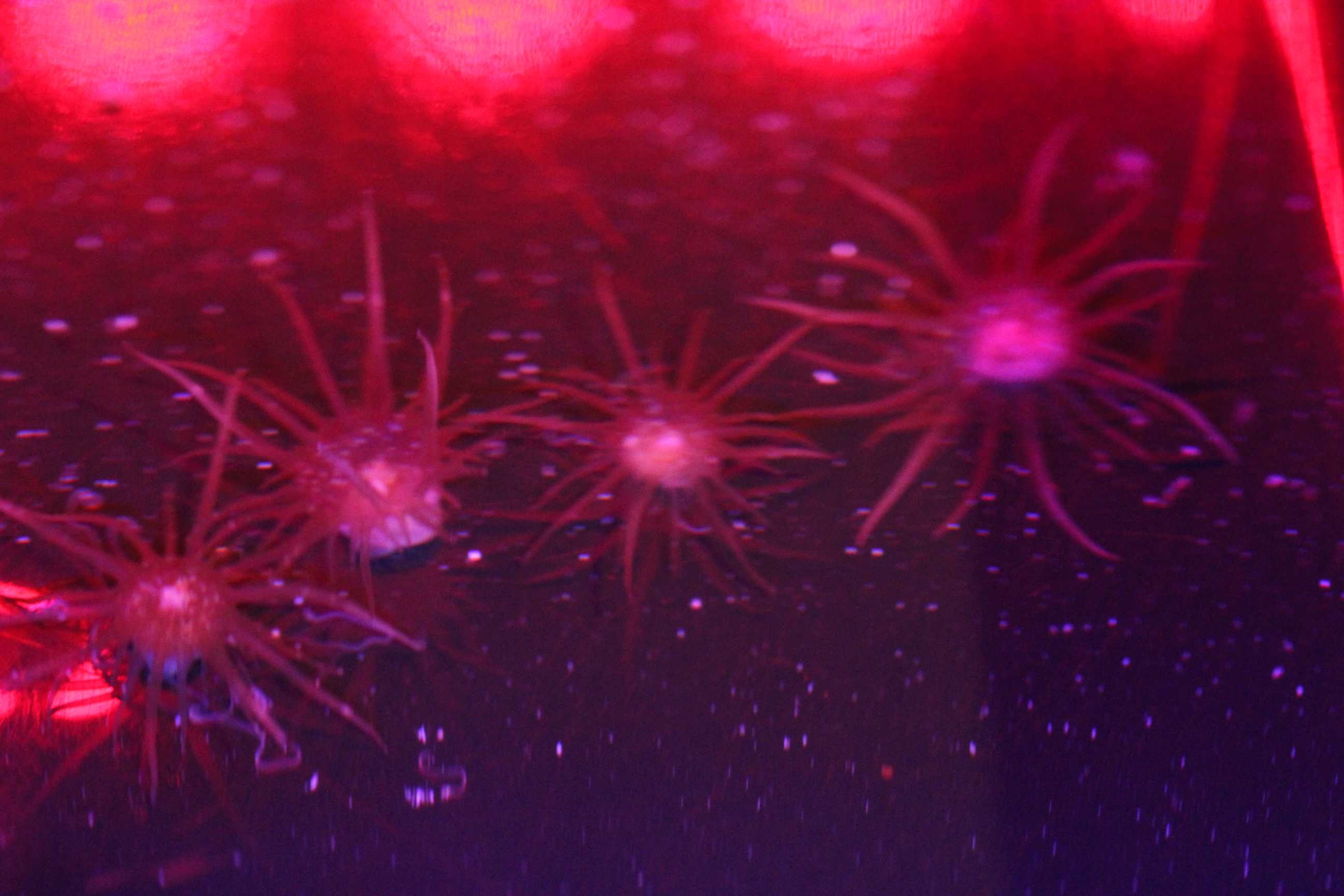The following is based on a note written to a journalist asking for my opinion on funding for fusion research. Obviously, these are just my opinions …

History has shown us that experts are very bad at predicting technological winners and losers.
There are only a very small number of technologies that could potentially provide energy at the scale that civilization requires without severely damaging the environment, and fusion power is a member of that elite club. Therefore, some resources should be allocated to trying to make fusion power safe, abundant, and affordable.
While I am no expert on the matter, it seems to me that even if fusion could be made to work, it might turn out to be costly.
In any case, the question should be: What fraction of the clean energy research and development budget should be allocated to fusion?
My sense is that 1% would be too small, and 100% would be too large, and so it maybe something to which it might be worth allocating 5 or 10% of the clean energy research and development budget.
And of course, it is not just about shares of the R&D pie. The clean energy R&D pie itself needs to be much larger than it is today.
We need to adopt a portfolio approach, with some investments yielding fruit over the next years and decades, and with other investments perhaps yielding fruit only later this century.
It is never too early or too late to develop improved sources of safe, abundant, and affordable energy. Sooner is better than later, but later is better than never.
We should avoid believing that we know with a high degree of confidence what will work and what will never work. We should have humility in our own judgments and think that we might be wrong — that this technology which we believe will never substantively contribute to solving societal problems might just turn out to be the thing upon which we all depend.
Therefore, we need to be thinking about broad research portfolios, while carefully evaluating each item in that portfolio in terms of potential benefits of research investment, balancing risks against rewards.


